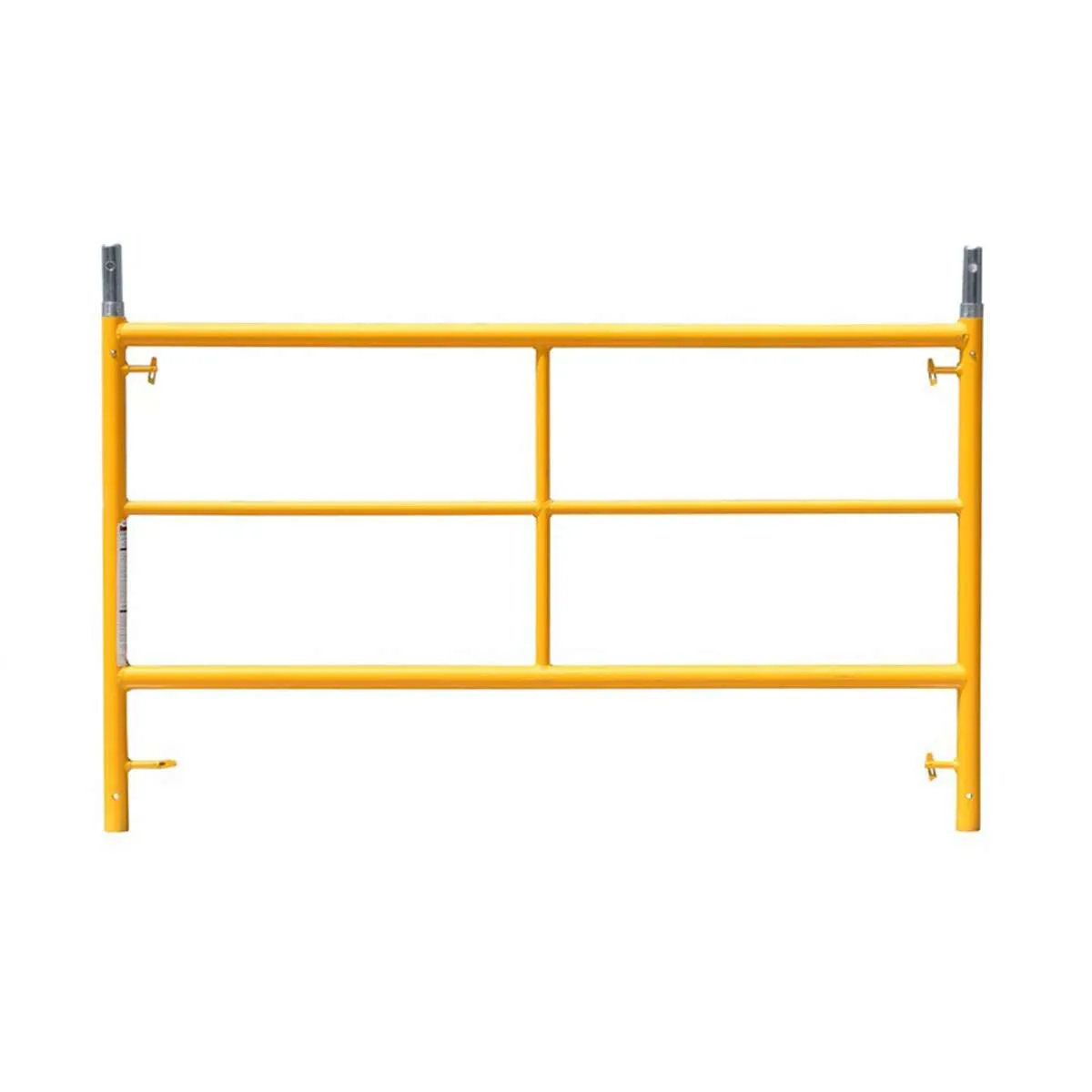Rolling scaffold towers are invaluable tools in construction and maintenance projects, offering versatility and efficiency. But these tools are not necessarily reliable all the time, and you must follow some safety procedures on your own.
In this guide, we'll delve into essential safety tips for effectively utilizing rolling scaffold towers, from assembly to working at heights.
Proper Assembly Procedures
- Start with a Solid Foundation: Ensure the ground is level and free from debris before setting up the scaffold tower.
- Follow Manufacturer's Instructions: Manufacturer’s instructions are there for a reason. They know their product and how much it can withhold better than anyone. Carefully read and adhere to the assembly guidelines provided by the manufacturer.
- Check Components: Inspect all parts, including frames, braces, and platforms, for damage or defects before assembly.
Secure Setup
- Stabilize with Outriggers: Utilize outriggers to increase stability, especially when working at greater heights or on uneven surfaces.
- Lock Wheels: Ensure that the wheels are locked once the tower is in position to prevent unexpected movement.
- Use Guardrails and Toeboards: Install guardrails and toeboards at all open sides and ends of the platform to prevent falls.
Working at Heights
- Wear Proper Safety Gear: Equip workers with harnesses, hard hats, and non-slip footwear to minimize the risk of injuries.
- Limit Load Capacity: Adhere to the tower's weight capacity limitations and avoid overloading with materials or personnel.
- Maintain Three-Point Contact: Workers should always maintain three points of contact with the tower when climbing or descending.
Regular Inspections
- Conduct Daily Checks: Before each use, inspect the scaffold tower for any signs of damage, such as cracks, loose bolts, or bent frames.
- Address Issues Promptly: If any defects or hazards are identified during inspection, take immediate action to rectify them before proceeding with work.
Weather Awareness
- Monitor Weather Conditions: You also should tay informed about weather forecasts and avoid working on the scaffold tower during adverse weather conditions, such as high winds or storms.
- Secure Materials: Ensure that tools and materials are properly secured, or else loose connections will be blown off the tower by wind gusts.
Closing Thoughts
While rolling scaffold towers offer convenience and efficiency, they also demand vigilance and adherence to safety protocols. Whenever you are using rolling scaffold towers onwards, don’t forget to integrate these safety tips. These safety procedures helps not only you to stay safe but also anyone around you. You can avoid severe accidents and injuries. Remember, safety is everyone's responsibility on the worksite.



